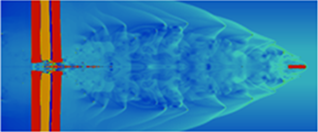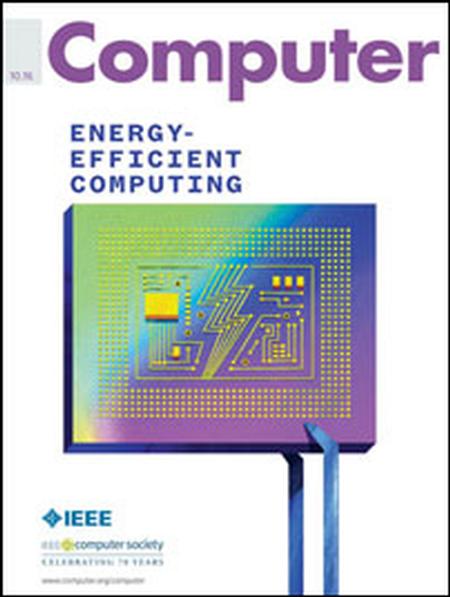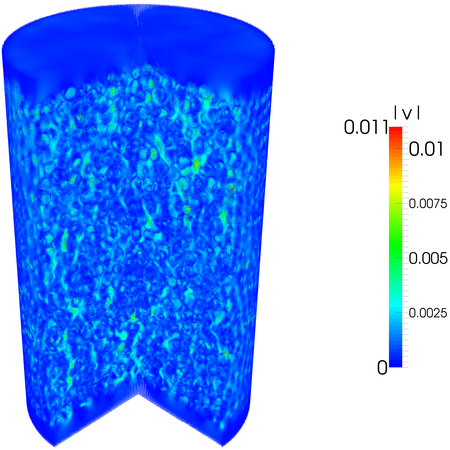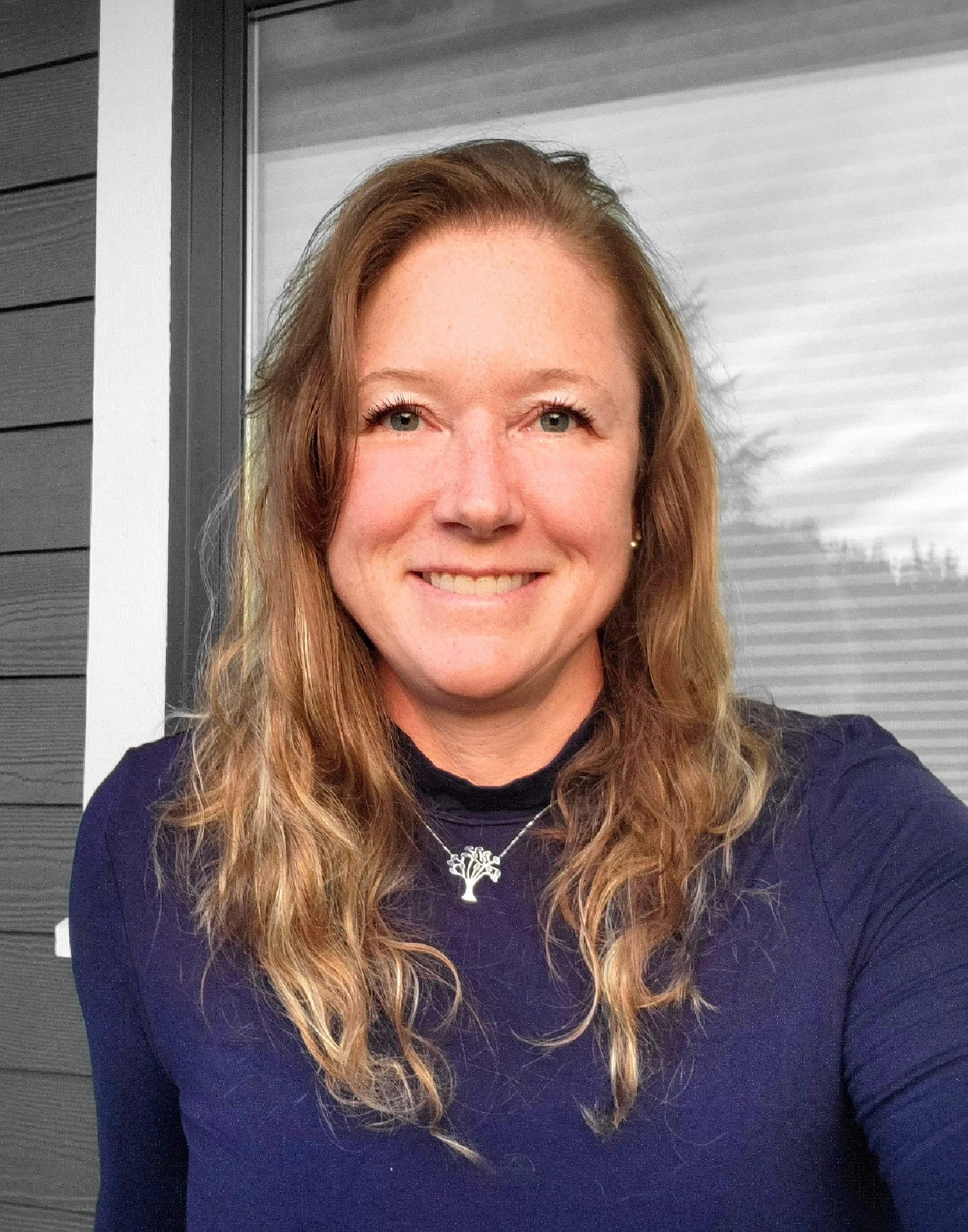Software •
Search
Complex Systems
Focus Area • Our complex systems groups develop underlying computer science and mathematical techniques needed to solve national problems related to large, complex systems. Our core research focuses on advanced methods in computer science, operations research, system dynamics, and discrete mathematics.
Compose
Project • COMpact, performance-POrtable, SEmi-Lagrangian methods Compose develops semi-Lagrangian algorithms tailored for parallel computing on heterogenous architectures, with primary applications for the E3SM Atmosphere model and the MPAS Ocean model. Key components: Our methods find communication-efficient means for providing accuracy, mass conservation, shape preservation, and tracer-continuity consistency.
Computational Function of Adult Neurogenesis in the Dentate Gyrus
Award, February 2, 2012 • Invited Talk, University of New Mexico Neuroscience Seminar Series.
Computational Geoscience
Focus Area • We apply our expertise in large-scale optimization and uncertainty quantification as well as scientific software design to geoscience problems including porous media flow, seismic imaging, and hydraulic fracture.
Computational Materials
Focus Area • Modern materials science relies upon computational tools involving theory, modeling, and simulation to work in tandem with experimental measurements. We develop and apply computational methods and tools for materials science, including molecular dynamics, peridynamics, and density functional theory. Computational materials science plays a key role in enabling Sandia’s many mission...
Computational Mathematics
Department • The Computational Mathematics Department (1442) performs cutting edge research, driven by DOE needs, to develop the mathematical foundations and the algorithmic and software advances to enable accurate, predictive, and scalable computational simulation methods. We deliver comprehensive theoretical and computational tools that impact Sandia’s mission and push our capabilities beyond forward...
Computational Multiphysics
Department •
Computational Multiscale
Department •
Computational Physical Simulation
Research Area • The CCR and Sandia have a long and distinguished history of leadership in computational science and engineering, including massively parallel computation, uncertainty quantification, mathematical optimization, scalable solvers, software toolkits, and scientific software engineering, to name a few. The CCR stewards, leverages, and extends these capabilities to remain responsive to Sandia's...

Computational Science
Department •
Computational Sciences & Math
Department •
Computational Shock & Multiphysics
Focus Area • Sandia's Computational Shock & Multiphysics Department 01443 provides unique, state-of-the-art modeling and simulation capabilities using a variety of multiphysics discretization technologies to simulate high strain rate, magnetohydrodynamic, electromechanic and high energy density physics phenomena for the U.S. defense and energy programs. To accomplish this objective, we conduct an active program...
Compute Process Allocator (CPA)
Award, October 19, 2006 • Award, R&D 100.
Computer Architecture
Focus Area • Our efforts in scalable computer architecture seek to explore advancements in the design and integration of processors, memory, and networks necessary to effectively deploy and use the largest parallel computing systems in the world. Core areas of competency are hardware simulation, microarchitectures, network interface design, system reliability, and energy/power analysis.
Computer Magazine Highlights CCR Expertise in Energy Efficient HPC
News Article, November 1, 2016 • The October 2016 issue of Computer magazine on Energy Efficient Computing contains three feature articles co-authored by Sandians, including two articles from staff in the Center for Computing Research. The article “Standardizing Power Monitoring and Control at Exascale” co-authored by Ryan Grant (1423), Michael Levenhagen (1423), Stephen Olivier (1423), Kevin...

Computer Science Research Institute Summer Proceedings 2019
Page • Michael Powell and Michael L. Parks, editors, Computer Science Research Institute Summer Proceedings 2019, The Computer Science Research Institute at Sandia National Laboratories, Albuquerque, NM, 2019. Available as Sandia National Laboratories Technical Report SAND2020-9969R Individual Articles C.F. Krause and A.J. Steyer, Exponential Integrators for the HOMME-NH Nonhydrostatic Atmosphere Model, in Computer Science Research...
Computer Science Research Institute Summer Proceedings 2020
Page • Ahmad A. Rushdi and Michael L. Parks, editors, Computer Science Research Institute Summer Proceedings 2020, The Computer Science Research Institute at Sandia National Laboratories, Albuquerque, NM, 2020. Available as Sandia National Laboratories Technical Report SAND2020-12580R. Individual Articles A. Anwar, C. Vineyard, W.M. Severa, S. Musuvathy, and S. Cardwell, Evolving Spiking Circuit...
Computer Science Research Institute Summer Proceedings 2021
Page • J. Darby Smith and Edgar Galvan, editors, Computer Science Research Institute Summer Proceedings 2021, The Computer Science Research Institute at Sandia National Laboratories, Albuquerque, NM, 2021. Available as Sandia National Laboratories Technical Report SAND2022-0653R. Individual Articles N.E. Buczkowski, M.D. Foss, M.L. Parks, J. Trageser, and P. Radu, Two Nonlocal Biharmonic Operators, in Computer...
Computer Science Research Institute Summer Proceedings 2022
Page • Stefan Seritan and J. Darby Smith, editors, Computer Science Research Institute Summer Proceedings 2022, The Computer Science Research Institute at Sandia National Laboratories, Albuquerque, NM, 2022. Available as Sandia National Laboratories Technical Report SAND2022-10280R. Individual Articles H. Ahmed, R. Tchoua, and J. Lofstead, Making Randomness Portable Across Programming Languages, in...
Computer Science Research Institute Summer Proceedings 2023
Page • Stefan K. Seritan and Bryan W. Reuter, editors, Computer Science Research Institute Summer Proceedings 2023, The Computer Science Research Institute at Sandia National Laboratories, Albuquerque, NM and Livermore, CA, 2023. Available as Sandia National Laboratories Technical Report SAND2023-13916R. Individual Articles E. Agyei-Kodie and G. Harper, Clustering and Structure-Detecting R-Adaptivity for...
Continuous Optimization
Focus Area • We perform research and development of advanced algorithms for engineering-based optimization. This includes engineering design optimization, model calibration (i.e., parameter estimation), and material identification (or inversion). Often, the problems we address have equality constraints given by solutions to partial differential equations. We implement these algorithms in our flagship software tools...
Copyright approval and open-source release of Implicit SPH (ISPH) software package.
News Article, August 1, 2017 • The ISPH package solves large-scale multi-physics mesoscale flow problems using implicit smoothed particle hydrodynamics methods. It relies on an incremental pressure correction scheme (effective for flows with moderately small Reynolds numbers) and differential operator renormalizations to achieve second-order accuracy in both time and space. ISPH, built on LAMMPS and Trilinos,...

Copyrighted and Open Sourced N2A Software
Award, February 27, 2013 • Other external recognition, Department of Energy.
Corinne Teeter, PhD
Staff Page • Principal Member of the Technical Staff. Biography “What I cannot create, I do not understand”. -- Richard Feynman Corinne is driven to discover and understand the basic principles of complex computation and intelligence. Her research lies at the intersection of neuroscience and technology. As a Principal Member of the Technical...

Results 101–125 of 499